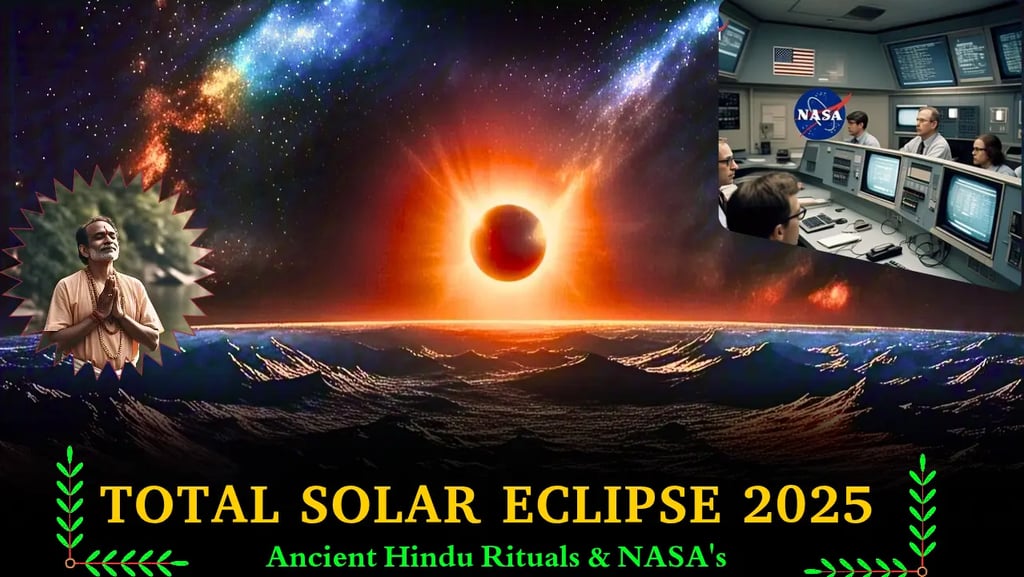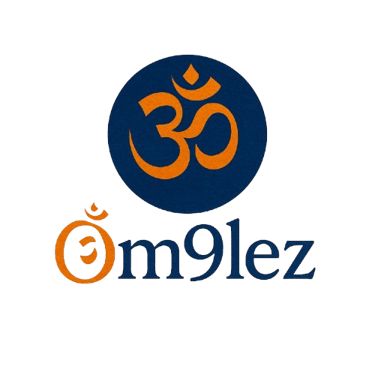Solar Eclipse 2025: Ancient Hindu Rituals Capturing NASA’s Curiosity
Explore the ancient Hindu rituals of Solar Eclipse 2025 that have captured NASA’s curiosity. Discover Vedic traditions, scientific insights, and their significance in Sanatan Dharma.


